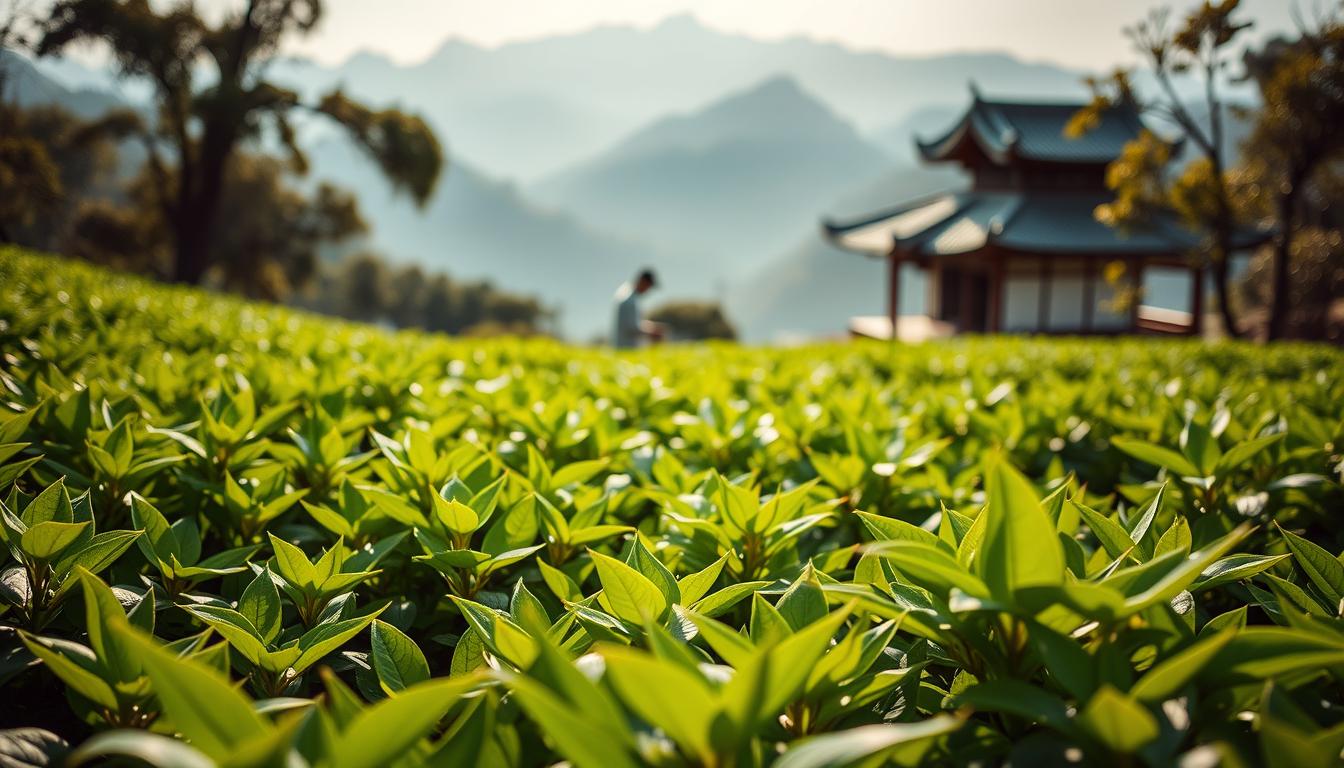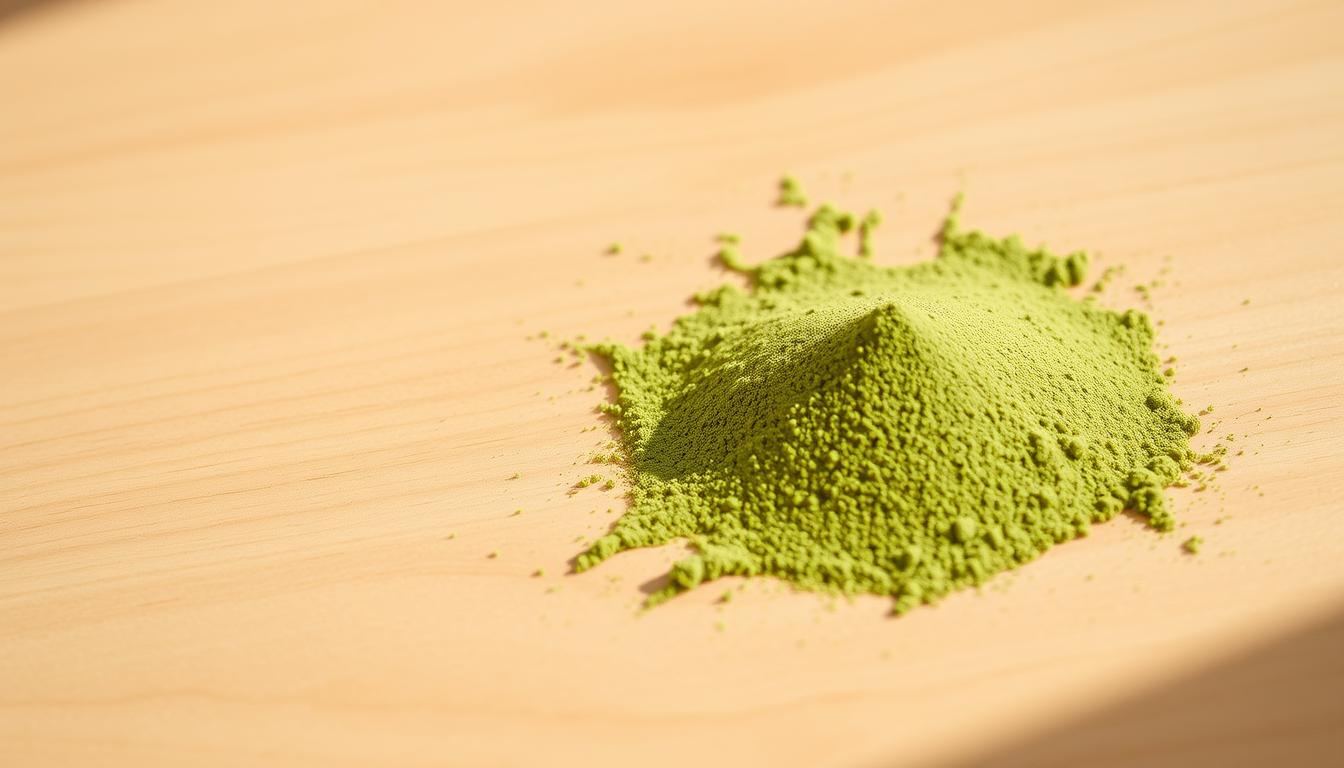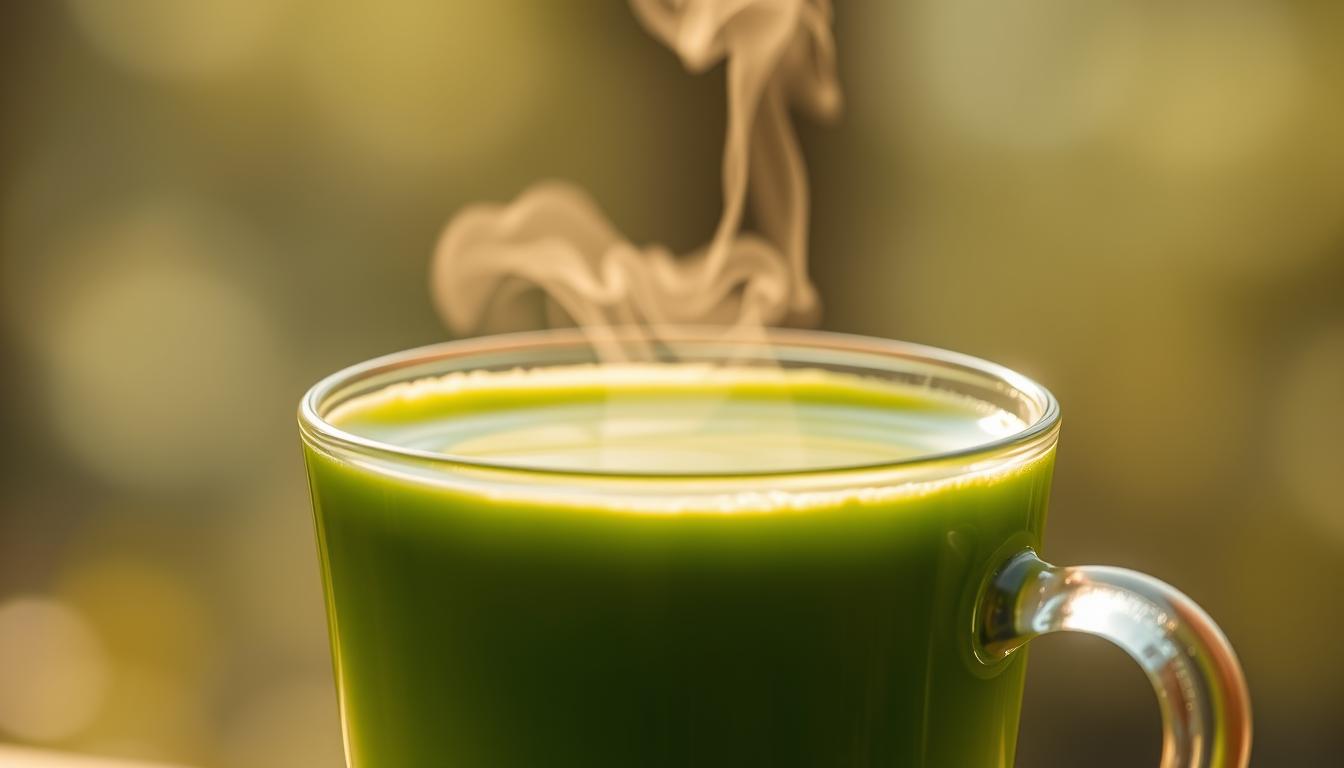Did you know that a single cup of matcha can contain up to 176 mg of caffeine? That’s more than most green teas and even some coffees! Matcha, a vibrant green powder made from finely ground tea leaves, has been a staple in Japanese tea ceremonies for centuries. Its unique preparation and rich flavor have made it a favorite among tea enthusiasts worldwide.
Unlike regular green tea, matcha is consumed whole, which means you’re ingesting the entire leaf. This process not only enhances its caffeine level but also provides a smoother, more sustained energy boost. The presence of L-theanine, an amino acid, helps balance the effects, promoting calm focus without the jitters often associated with coffee.
Whether you’re a seasoned matcha drinker or just curious, understanding its caffeine content can help you make informed choices. From its antioxidant benefits to its unique taste, matcha offers a refreshing alternative to traditional beverages. Let’s dive deeper into what makes this green powder so special.
Key Takeaways
- Matcha contains 38-176 mg of caffeine per cup, depending on serving size.
- It’s made from finely ground green tea leaves, offering a unique flavor and texture.
- The caffeine in matcha is absorbed more slowly due to L-theanine, providing calm energy.
- Matcha has higher caffeine levels than regular green tea but less than most coffees.
- It’s rich in antioxidants, supporting overall health and wellness.
Understanding Matcha Tea and Its Origins
Matcha, a vibrant green powder, has deep roots in Japanese culture. For centuries, it has been celebrated not just as a drink but as a symbol of tradition and mindfulness. Its preparation and consumption are deeply tied to Japanese tea ceremonies, where every step is a meditative practice.

History and Traditional Uses
The history of matcha dates back to the 12th century when Buddhist monks introduced it to Japan. They valued its calming effect and used it to enhance focus during meditation. Over time, it became a cornerstone of Japanese tea ceremonies, symbolizing harmony, respect, and purity.
In these ceremonies, the preparation of matcha is an art form. Traditional tools like the bamboo whisk and scoop are essential. The process involves carefully measuring the powder in grams and whisking it with hot water to create a frothy, vibrant drink.
Cultivation and Production Methods
Matcha is made from the leaves of the Camellia sinensis plant, the same used for green tea. However, the cultivation process is unique. Weeks before harvest, the plants are shaded to boost chlorophyll and amino acid content. This step enhances the flavor and gives matcha its signature bright green color.
After harvesting, the leaves are steamed, dried, and ground into a fine powder using stone mills. This meticulous process ensures the highest quality matcha powder. Different varieties offer distinct flavor profiles, from sweet and mild to rich and robust.
Water temperature and precise measurements play a crucial role in making matcha. Too hot, and the flavor becomes bitter; too cold, and it lacks depth. The result is a drink that not only provides energy but also supports overall health.
does matcha tea have caffeine
Wondering how much energy is packed into a single serving of matcha? This vibrant green powder is known for its unique caffeine content, which varies depending on the serving size. Typically, one gram contains between 19 and 44 mg of caffeine, meaning a standard 2-4 gram serving delivers 38 to 176 mg per cup.

Compared to regular green tea, matcha stands out with its higher caffeine per serving. While a cup of green tea offers around 30 mg, matcha can provide up to five times more. This makes it a great choice for those seeking a stronger energy boost.
However, what sets matcha apart is its gradual caffeine release. Thanks to the presence of L-theanine, an amino acid, the energy boost is smoother and more sustained. This combination promotes calm focus, making it a favorite for those who want to avoid the jitters often linked to coffee.
When comparing matcha to coffee, the difference is clear. A standard cup of coffee contains about 95 mg of caffeine, which is absorbed quickly, leading to a spike in energy. Matcha, on the other hand, offers a gentler lift, making it ideal for sustained productivity.
Whether you enjoy it as a latte or a traditional brew, matcha’s caffeine content ensures you get the energy you need without the crash. Stay tuned as we dive deeper into serving sizes and brewing techniques in the next sections!
Caffeine Content: How Much is in Your Cup?
Curious about the energy in your drink? Let’s break it down. The amount of caffeine in your cup depends on several factors, including serving size and brewing techniques. Understanding these details helps you enjoy your drink while managing your intake.
Caffeine Per Gram of Matcha
Each gram of this vibrant powder contains between 19 and 44 mg of caffeine. This means a standard serving of 2-4 grams delivers 38 to 176 mg per cup. The exact level depends on the quality and preparation method.
Serving Sizes and Variations
Smaller servings, like 1-2 grams, offer a milder effect, perfect for those who prefer less caffeine. Larger servings, up to 4 grams, provide a stronger boost. The key is to measure carefully for consistent results.
Using hot water at the right temperature (around 175°F) ensures optimal extraction. Too hot, and the flavor becomes bitter; too cold, and the compound benefits are reduced. Stirring with a bamboo whisk also enhances consistency and flavor.
“Precision in brewing brings out the best in every cup.”
When comparing matcha vs. other methods, the extraction rate is slower, leading to a smoother energy lift. This makes it a great choice for those who want sustained focus without the jitters.
Experiment with different serving sizes and brewing time to find your perfect balance. Whether you enjoy it strong or mild, understanding the amount of caffeine in your cup ensures a satisfying experience every time.
Matcha vs. Regular Green Tea: Caffeine Comparison
Matcha and green tea both come from the same plant, but their caffeine levels tell a different story. While both are derived from Camellia sinensis, the way they’re processed and consumed sets them apart. This affects not only their flavor but also how they energize your body.
Differences in Brewing and Extraction
Regular green tea is brewed by steeping leaves in hot water, extracting a portion of their caffeine and flavor. A typical cup contains 20-90 mg of caffeine, depending on brewing time and temperature. Matcha, on the other hand, involves consuming the entire leaf in powdered form. This means you get a more concentrated dose, ranging from 38 to 176 mg per serving.
The extraction process also differs. With green tea, only a fraction of the tea caffeine is released into the water. Matcha, however, delivers the full spectrum of compounds, including antioxidants and amino acids. This not only boosts its health benefits but also provides a smoother energy lift.
Sensory and Health Benefits
When it comes to taste, matcha has a richer, more robust flavor compared to the lighter, grassy notes of green tea. This is due to its unique cultivation process, where leaves are shaded before harvest to enhance chlorophyll and amino acid content. The result is a drink that’s both flavorful and nutrient-dense.
Adding milk to matcha, as in lattes, can mellow its intensity and slightly reduce the caffeine effect. This makes it a versatile option for those who prefer a gentler experience. Both beverages, however, offer antioxidants that support overall health and wellness.
| Beverage | Caffeine per Cup (mg) | Key Characteristics |
|---|---|---|
| Matcha | 38-176 | Whole leaf consumption, rich flavor, sustained energy |
| Green Tea | 20-90 | Partial extraction, lighter taste, moderate energy |
While coffee delivers a quick caffeine spike, both matcha and green tea provide a steadier boost. This makes them ideal for those seeking calm focus without the jitters. Whether you prefer the boldness of matcha or the subtlety of green tea, both offer unique benefits for your body and mind.
Matcha vs. Coffee: A Calmer Caffeine Boost
Coffee gives you a quick jolt, but matcha offers something different. While both beverages provide a dose of caffeine, the way they affect your body varies significantly. Coffee is known for its rapid spike, often leading to jitters and a crash. Matcha, on the other hand, delivers a smoother, more sustained energy lift.
Understanding Coffee’s Caffeine Spike
When you drink coffee, the caffeine is absorbed quickly into your bloodstream. This triggers a surge of adrenaline and cortisol, which can leave you feeling wired but also anxious. A standard cup contains about 95 mg of caffeine, providing an intense but short-lived boost.
For many drinkers, this rapid spike is followed by a crash, leaving them feeling tired and unfocused. This rollercoaster effect is one reason why some people seek alternatives like matcha.
The Gentle Energy Lift of Matcha
Matcha’s caffeine works differently. Thanks to the presence of theanine, an amino acid, the energy boost is more gradual. Theanine promotes calm alertness by moderating the absorption of caffeine. This creates a balanced experience, free from the jitters associated with coffee.
Because matcha is made from finely ground tea leaves, you consume the entire leaf. This means you get not only caffeine but also a wealth of antioxidants and nutrients. The result is a drink that supports both energy and overall health.
| Beverage | Caffeine per Cup (mg) | Key Effects |
|---|---|---|
| Coffee | 95 | Quick spike, jitters, crash |
| Matcha | 38-176 | Gradual lift, calm focus, sustained energy |
Tools like the bamboo whisk and the fine powder consistency of matcha also play a role. These elements ensure a smooth, frothy texture that enhances the drinking experience. Whether you’re a seasoned drinker or new to matcha, its unique profile makes it a standout choice for sustained productivity.
Brewing the Perfect Cup: Tips & Techniques
Crafting the perfect cup of matcha is an art that combines tradition and precision. Whether you’re a beginner or a seasoned enthusiast, mastering the process ensures a rich, flavorful experience every time. Let’s explore the essential tools and steps to elevate your matcha game.
Essential Tools for Matcha Preparation
To create an authentic cup, you’ll need a few key tools. A bamboo whisk (chasen) is essential for achieving a smooth, frothy texture. A matcha scoop (chashaku) ensures precise measurement, while a fine sieve helps remove clumps for a consistent blend. These tools not only enhance the process but also bring a touch of tradition to your routine.
Step-by-Step Brewing Process
Start by sifting 2-4 grams of matcha powder through a sieve into a bowl. This step ensures a smooth texture and prevents lumps. Next, add hot water heated to around 170°F—too hot, and the flavor becomes bitter; too cold, and it lacks depth.
Using your bamboo whisk, stir vigorously in a zigzag motion until the mixture becomes frothy. This technique helps release the full flavor and compound benefits of the powder. The result is a vibrant, aromatic cup that’s both energizing and calming.
“The art of matcha lies in the balance of precision and patience.”
Experiment with different variety of matcha to find your preferred flavor and caffeine per serving. Adjust the serving size and water temperature to suit your taste. Whether you enjoy it strong or mild, these techniques ensure a satisfying experience every time.
Incorporating matcha into your day can be a calming ritual. With the right tools and techniques, you’ll not only enjoy a delicious cup but also reap the health benefits of this vibrant green powder. Cheers to mastering the art of matcha!
Health Benefits and Daily Integration of Matcha
From antioxidants to calm focus, matcha offers more than just a caffeine kick. This vibrant green powder is packed with nutrients that support your body and mind. Whether you’re looking for a morning boost or an afternoon pick-me-up, matcha can seamlessly fit into your routine.
Antioxidant and Relaxation Effects
Matcha is rich in antioxidants, which help protect your cells from damage. One of its key compounds, catechins, is known for its powerful health benefits. These antioxidants support overall wellness and may even boost your immune system.
Another standout feature is L-theanine, an amino acid that promotes relaxation without drowsiness. This unique combination with caffeine creates a calm alertness, making matcha a great choice for those who want to avoid the jitters of coffee.
Incorporating Matcha into Your Routine
Adding matcha to your day is easy and versatile. Start your morning with a traditional cup matcha, whisked with hot water for a smooth, frothy texture. For a creamier option, try a matcha latte with your favorite milk.
If you’re on the go, matcha can be blended into smoothies or baked into snacks. Its mild, earthy taste pairs well with sweet and savory flavors. Experiment with different ways to enjoy it and find what works best for you.
| Benefit | Matcha | Green Tea |
|---|---|---|
| Antioxidant Content | High | Moderate |
| Caffeine Level | 38-176 mg per cup | 20-90 mg per cup |
| Calm Focus | Yes | No |
With its less caffeine jitters and nutrient-rich profile, matcha is a smart addition to any wellness routine. Whether you’re sipping it in the morning or enjoying it as an afternoon treat, this vibrant drink offers a unique blend of energy and calm.
Conclusion
Exploring the world of matcha reveals a unique blend of tradition and energy. This vibrant green powder offers a gentle caffeine boost, making it a standout choice for those seeking calm focus. Unlike coffee, its sustained energy helps avoid jitters, while its rich history adds cultural depth to every cup.
With its higher antioxidant content compared to green tea, matcha supports overall health and wellness. Its versatility allows it to enhance your daily routine, whether enjoyed as a traditional brew or a creamy latte. The right tools and techniques ensure a perfect cup every time.
Ready to experience the benefits firsthand? Try making matcha at home and discover its unique taste and effect on your day. From its calming energy to its rich flavor, matcha is more than just a drink—it’s a lifestyle.

